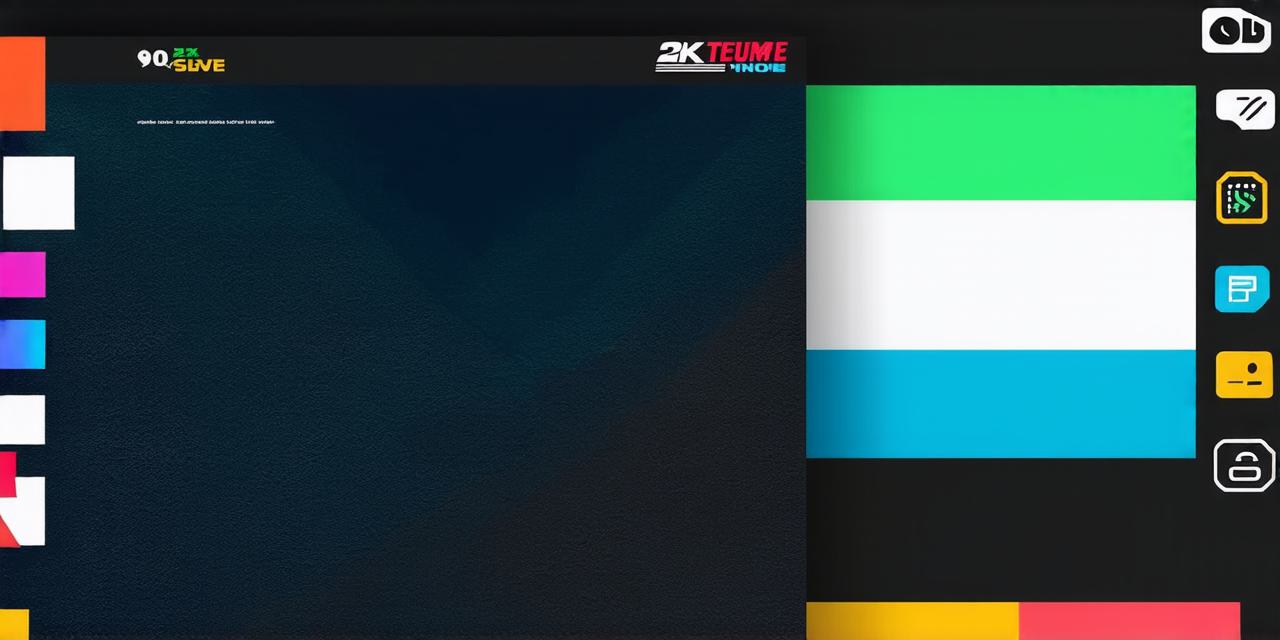1. Know Your Audience

Understanding who you’re writing for is the foundation of any successful content strategy. Research their interests, pain points, and preferences to tailor your content accordingly.
2. Storytelling: The Power of Narrative
Stories humanize content, making it relatable and memorable. Share case studies or personal experiences that illustrate design principles in action.
3. Data-Driven Insights
Back up your points with research and experiments. Cite expert opinions to lend credibility to your content. For instance, a study by Nielsen Norman Group found that users often leave websites within 10-20 seconds if they don’t find what they’re looking for.
4. Visual Appeal
Web design is visual by nature. Use high-quality images, infographics, and videos to break up text and make your content more engaging. Remember, a picture can speak a thousand words!
5. Structure Matters
Organize your content with headings and subheadings for easy readability. This not only improves the aesthetic appeal but also makes it easier for search engines to crawl and index your content.
6. Simplicity Wins
Avoid overly complex wording or excessive use of terminology. Keep your language clear, concise, and accessible. Remember, your goal is to educate and inspire, not confuse.
7. Comparisons and Metaphors
Use comparisons and figurative language to connect ideas and make them more relatable. For example, comparing the design process to a journey can help readers visualize and understand it better.
8. Engaging Headlines
Craft compelling headlines that grab attention and encourage clicks. A good headline should be intriguing, relevant, and actionable.
9. Interactivity
Encourage reader engagement by asking questions, including polls, or inviting comments. This not only makes your content more interactive but also fosters a sense of community among your readers.
10. Continuous Learning
Stay updated with the latest design trends and best practices. Regularly update and refine your content to ensure it remains relevant and valuable to your audience.
FAQs
* Q: How often should I post new blog content?
Aim for at least one high-quality post per week. Consistency is key in maintaining reader engagement.
* Q: What tools can help me optimize my content for search engines?
Tools like Yoast SEO, SEMrush, and Google Keyword Planner can help you optimize your content for search engines.
* Q: How do I measure the success of my blog content?
Use metrics such as page views, bounce rate, time on site, and social shares to gauge the success of your content.


